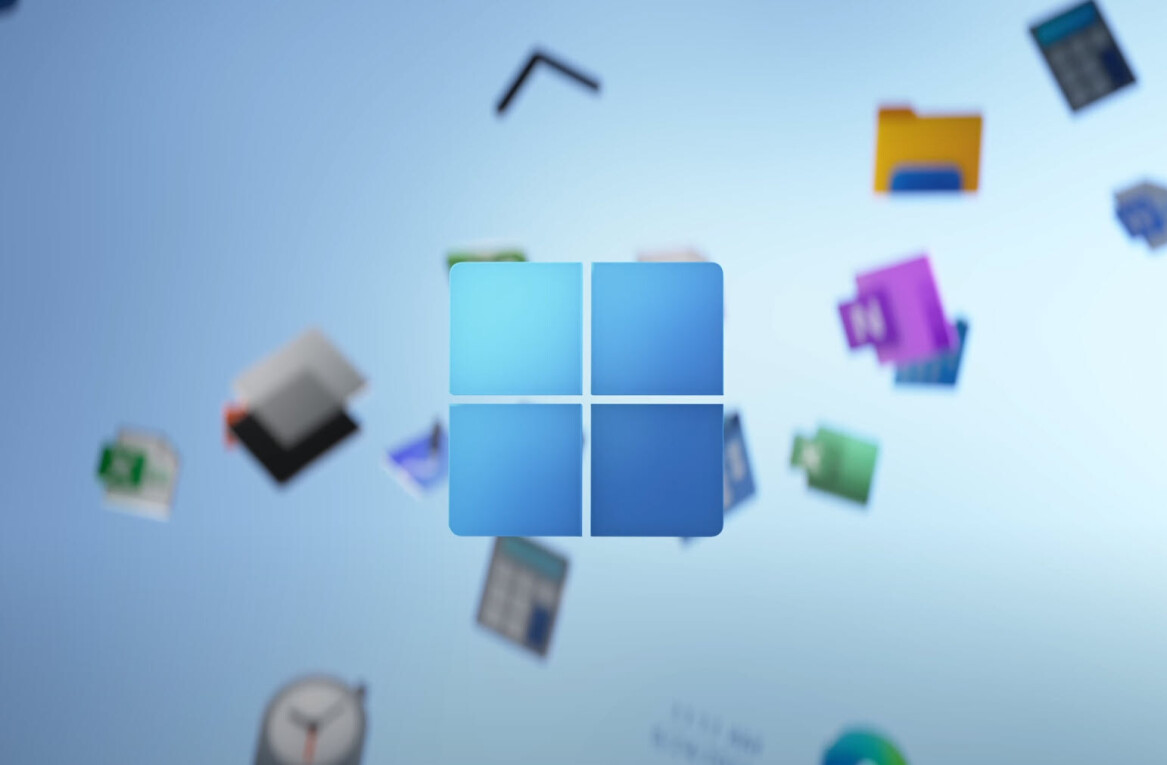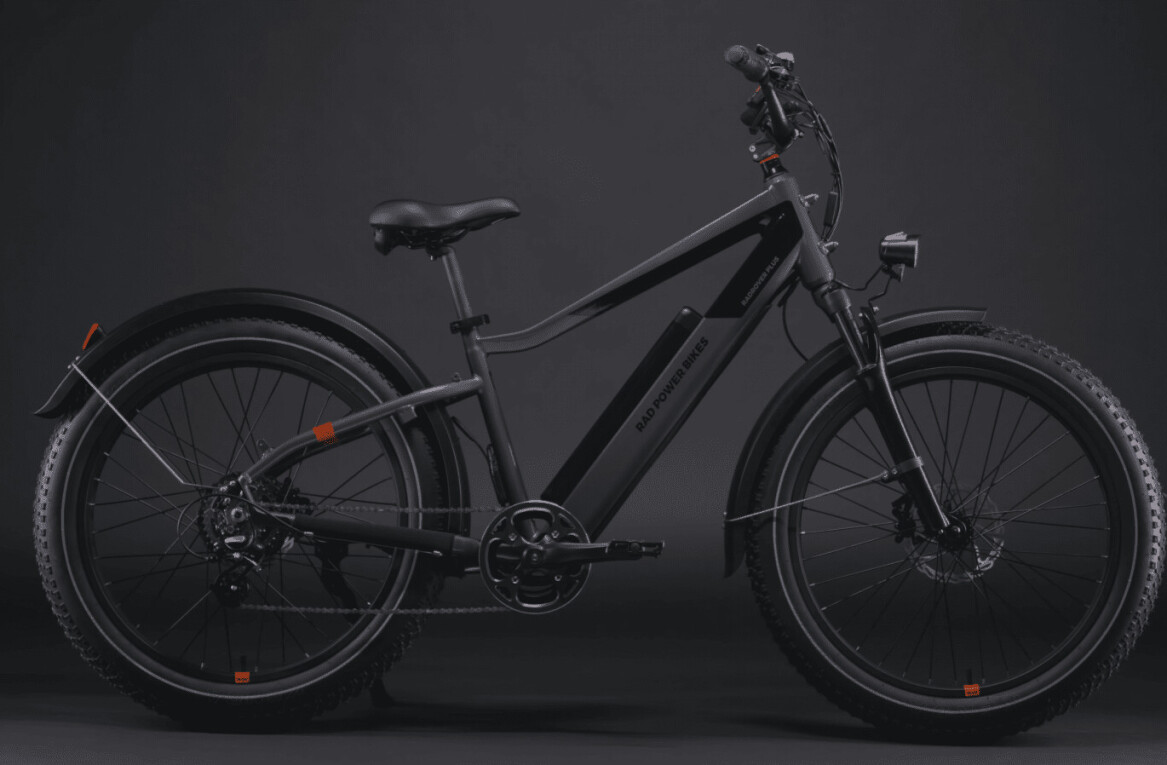What if you could make decent music without knowing how to play an instrument? And what if you could take your whole production system with you anywhere, without spending an arm and a leg?
That’s what the music start-up Roli wants to help you achieve with Blocks, its new modular instrument that costs just $179 in its basic form. I got to spend some hands-on time with the luminescent little squares, and left my session thinking they might just change the way we think of making music on the go.
First, some background. Roli gained prominence in music circles for with its original Seaboard Grand, a piano-like synthesizer that could modulate pitch and tone using a variety of gestures.
Cool as that was, it was prohibitively expensive and large for anyone who wasn’t already a musician to try. Then the company released the Seaboard Rise. It brought the form factor down into something more portable, but still more expensive than most could afford, starting at $800. Moreover, while the form factor was familiar to keyboardists, to everyone else it suggested you needed to have some familiarity with a piano if wanted to create something decent.
Enter Blocks. It essentially fits the Seaboard concept into a main unit called a Lightpad, except Roli has eschewed the keyboard design for a simple square with various embedded LED lights to indicate different notes. Like the Seaboard, the entire pad is pressure and touch sensitive, allowing you to add vibrato, change pitch, modify tone and more simply by moving your hand around the pad or varying how hard you press down on it.
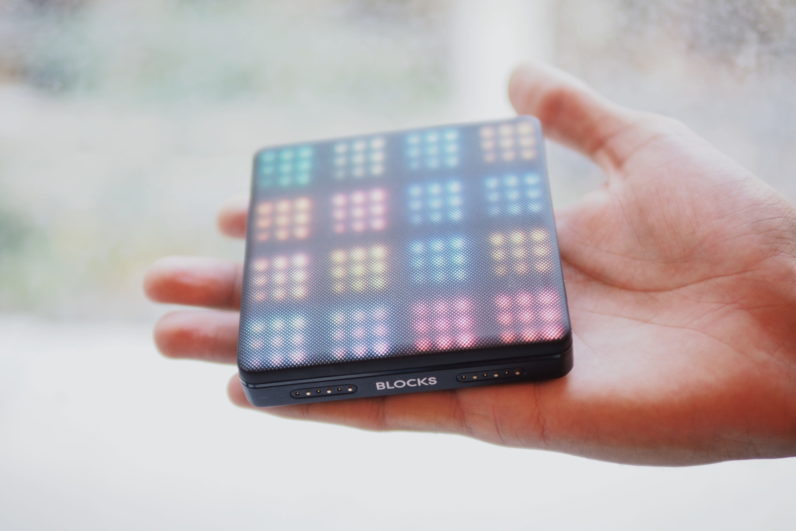
Unlike the Seaboard, Blocks doesn’t require you know how to play a keyboard. Roli tells me it went for the square shape because the simplicity and difference from traditional instruments could tempt the average person to want to try it out without worrying “I’m going to suck because I don’t know how to play the piano.”
That precise fear had kept me from giving the Seaboard Rise a full rundown, despite Roli providing me with a test unit many moons ago. I don’t play any instrument to any functional capacity, so the fact that Blocks was so different somehow made it more inviting. My brief time with the unit and the live demo performed right in front of me gave me hope I might eventually be able to create passable music of my own.
That’s a good thing, as Roli wants Blocks to be something of a learning tool as well. Blocks pairs via Bluetooth with Roli’s Noise app, which in addition to selecting instrument sound packs, creating loops, and adding effects, also allows you to map out precisely which notes appear on the LightPad.
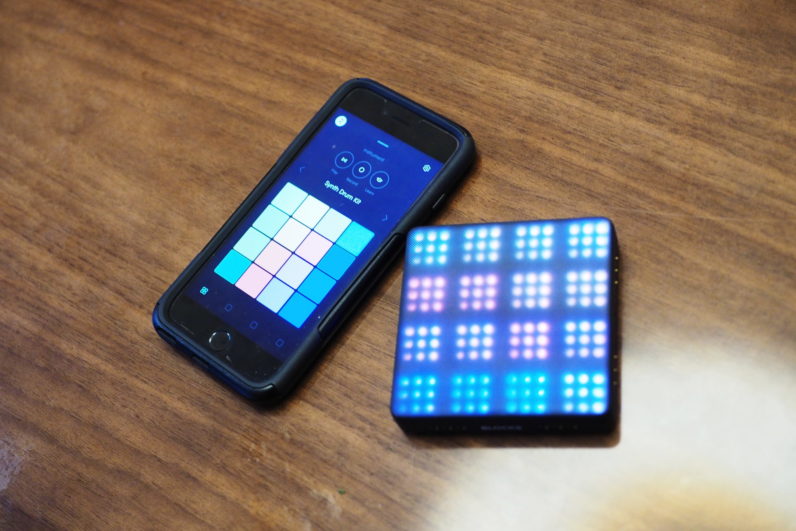
You can select from a litany of preset scales – Major, Pentatonic, Myxolidian, you name it – and the device will only light up the notes corresponding to the scale; imagine being able to shift the position of the black keys on a piano. Alternatively, you can set the entire Lightpad to only show notes in that particular scale, such that you can’t play a wrong note, and it can play full chords at once as well if you’re looking for something more harmonic from the get go.
All that power comes in a unit that is easily poketable, but of course, modularity is the highlight of the system. Currently, you can connect up to four Lightpads together – the units snap together via the magic of magnets and pair instantly – to create a larger working surface (Roli plans to expand this further in the future). There’s also a USB-C port for charging (it should last about 4 hours of use on a charge).
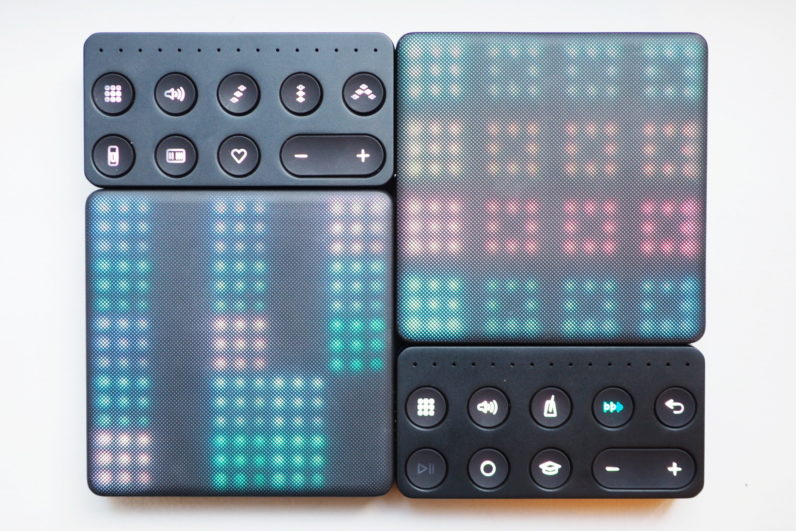
Then there are two accessory units so far, the Live Block and Loop Block, which help add effects and loop controls, respectively. These you can largely control from your phone, but the tactility is welcome.
Speaking of your phone, you’re going to need it to use Blocks. The unit doesn’t come with a speaker, so sound will come via whatever is attached to your mobile device. The Noise app is a robust companion however, and you can even replicate many of the same sounds in app thanks to 3D Touch on iOS (no Android compatibility has been announced).
Roli is also planning to open up the Blocks platform so developers will eventually be able to use the instrument for things beyond music. The company isn’t saying more for now, but in theory, you should eventually be able to map zones on the Lightpad to control other devices.

It’s that proposed flexibility – going from a simple unit that anyone can use to a full-fledged professional synth system, to a different input device altogether – that makes Blocks particularly exciting. Of course, I’ve made it pretty clear by now that I’m not a professional musician, but it’s nice to come across a device that makes me feel that maybe making good music of my own isn’t such a daunting task after all.
As CEO Roland Lamb puts it: “Music remains a universal language that everyone understands, but only a few can speak.” Blocks might just be accessible enough to help change that.
Roli Blocks go on sale today for $179 for the Lighpad, and $79 each for the Loop and Live blocks. The device will be available at Roli.com, Apple.com, and Apple Stores worldwide.
Get the TNW newsletter
Get the most important tech news in your inbox each week.

